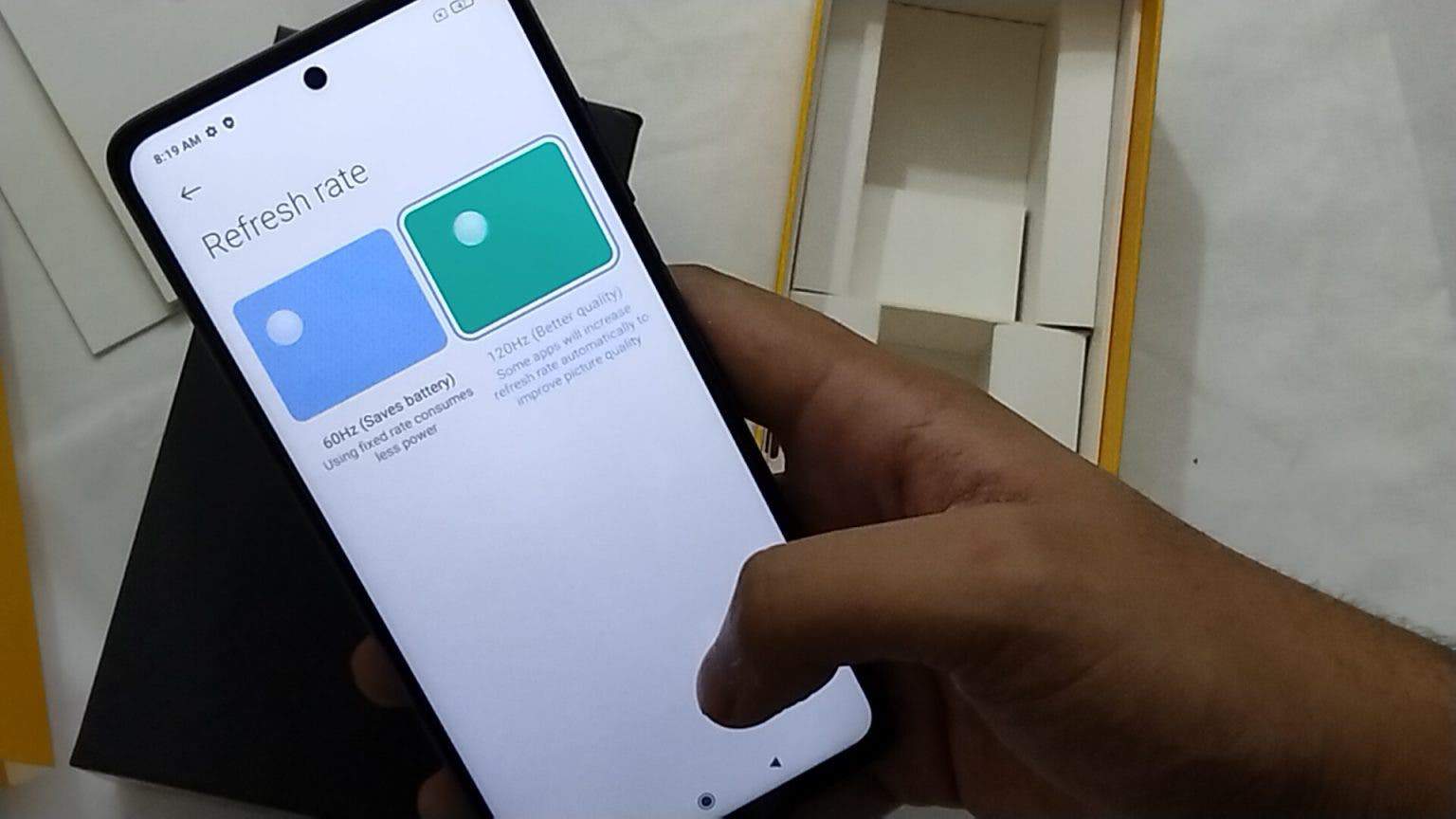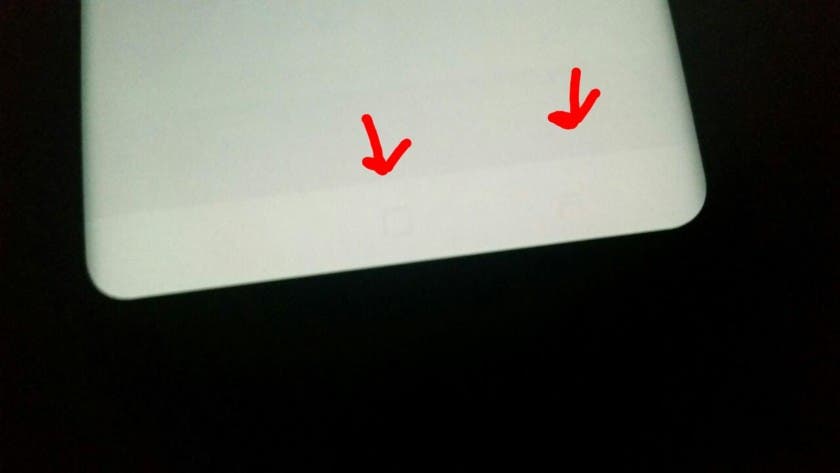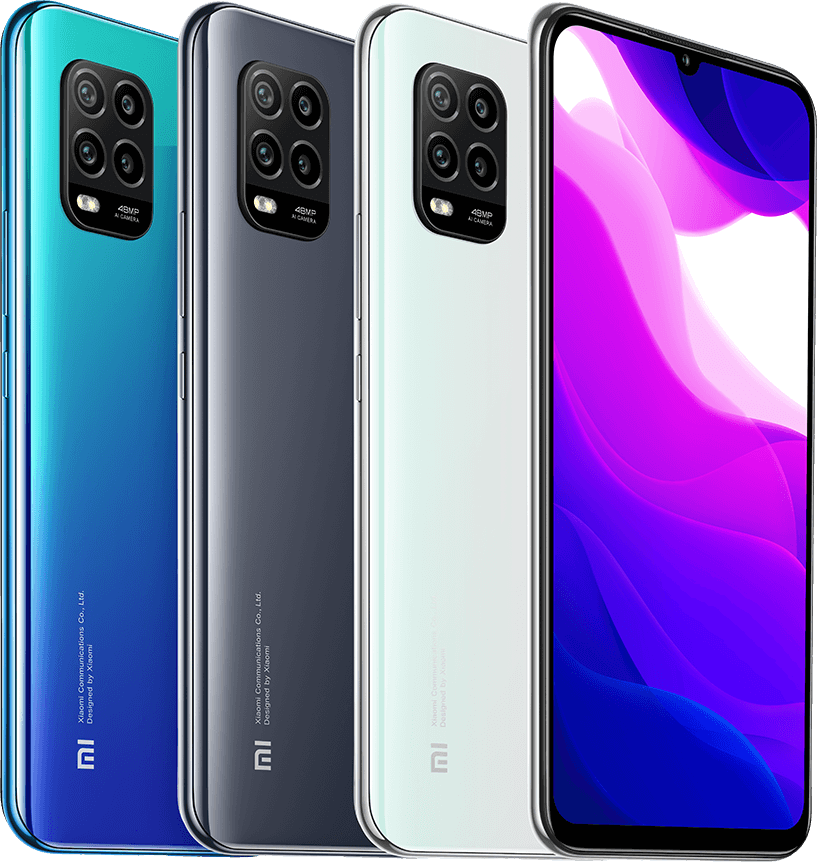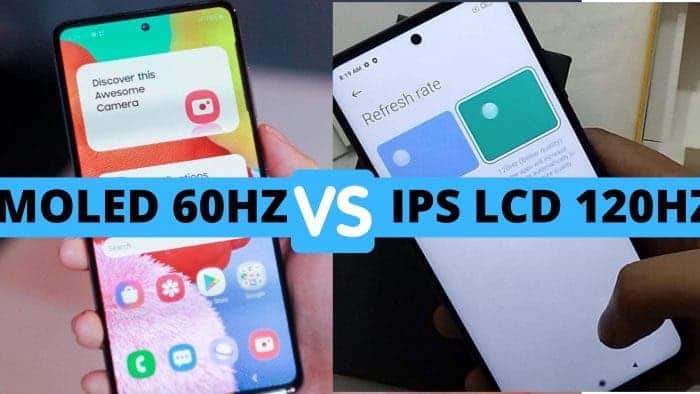Higher refresh rate displays are the trend in 2020. We saw flagship coming with 90Hz and 120Hz refresh rate displays. And now even mid-range devices come with this feature. Hence, let’s do an IPS LCD 120Hz Refresh Rate VS AMOLED 60Hz comparison. But first, let’s start with the basics. What is a refresh rate? Well, it is the rate at which a display refreshes. Standard displays come with a 60Hz refresh rate meaning the display will be refreshed 60 times per second. 90Hz refresh rate means the display refreshes 90 times per second and vice versa for 120Hz refresh rate.
A higher refresh rate essentially means a smoother experience while scrolling or play games. 90Hz is smoother than 60Hz, and 120Hz is smoother of all. We also have 144Hz refresh rate displays which you will find on very few smartphones. But finding 90hz and 120Hz refresh rate smartphones is easy. On the other hand, AMOLED panels are beneficial when the battery is concerned. The blacks are deeper. The colors are saturated, which will be a delight for multi-media usage.
There are usually two choices in the mid-range and upper mid-range market. One is with an LCD panel with a 90Hz or 120Hz refresh rate. And the other one is having an AMOLED panel with a 60Hz refresh rate. For example, POCO X3 NFC and Realme 7 Pro comes at a similar price range. The POCO X3 NFC is having a 120Hz refresh rate LCD display. On the other hand, Realme 7 Pro has an AMOLED display. Most probably, if you game on your smartphone then you would go for the higher refresh rate. But it will be no good.
A higher refresh rate doesn’t guarantee better gaming
If your smartphone processor is not strong enough but the display is having a 90Hz refresh rate. Then actually you should have gone with a better processor instead higher refresh rate. A strong processor is a must for a high refresh rate. Let me give you an example, I recently bought POCO X3 NFC. I was really excited to enjoy PUBG Mobile in 90Hz. Little did I know, it never supported it officially. Hence, it was no better than my Redmi Note 8 Pro that had a 60Hz refresh rate. Also, the Note 8 Pro was able to play the game on a smooth and extreme frame rate (60fps) setting. On POCO X3, it was limited to just high (giving 50fps on average).

It is also about the optimization, most of the games are not yet optimized for higher refresh rate. Hence, if you are buying a smartphone just for the sake of a higher refresh rate, it may not be the time yet.
Yes, the higher refresh rate is any day smoother when scrolling through the home screen. But what good is it when only the home screen and a few other apps are smoother? “You cannot go from a 120Hz refresh rate display to 60Hz refresh rate” is what I hear the most. But it wasn’t the case with me when I had to use a 60Hz smartphone after using my POCO X3 on a 120Hz refresh rate. The reason behind it was that the POCO X3 NFC (or most) phones now come with an adaptive screen refresh rate. Even if you are buying a 120Hz refresh rate display, the phone will not always be on 120Hz.
Take Realme C17 as an example

I wrote about my Realme C17 a few months ago. It came out as one of the cheapest 90Hz refresh rate smartphone. The company marketed 90Hz everywhere. Well, after using the phone I found out a higher refresh especially on a budget phone is nothing but a marketing gimmick. I bought the phone for my grandmom, and after some time she complained about the lag on the home screen. Then I switched to a 60Hz refresh rate, and it worked fine. I also played games on the phone and found the 90Hz refresh rate useless. Hence, if the chipset is not powerful, why even market a 90Hz refresh rate?
On the other hand, AMOLED has much more perks
AMOLED or Active Matrix Organic Light-Emitting Diode display is known for its punchy colors. AMOLED display work by the rule “pixel-by-pixel.” By pixel by pixel, You will usually get colorful images when compared to an LCD panel. One of the areas where AMOLED really shines against the LCD panels is the black color. You can easily tell if a display is using AMOLED or LCD technology just by seeing the black color.
On AMOLED displays, blacks are deeper. They are near to perfect blacks. It leads to a better battery backup as well. AMOLED technology also allows you to get an in-display fingerprint scanner. However, it will be slower than a side-mounted or rear-mounted one. Hence, AMOLED really has much more pros than an LCD with a higher refresh rate. But nothing is perfect, and hence AMOLED has some known issues, you might want to know.
Cons of AMOLED

Well, you may come up with a lot of news of AMOLED devices having a burned display. Pixel-by-pixel illumination may result in burn-in after some time of usage. And also if you are into photography, an AMOLED display might not be the best for you. As I said earlier, AMOLED produces “Colorful” images. It is pleasing to the eyes especially when watching movies. However, a photographer always wants the correct colors. Hence, this might be a con for photographers.
This article is aimed especially at a higher refresh rate display VS AMOLED, and not just IPS LCD VS AMOLED. So I will not talk about more the technology but I thought it is my duty to inform you about some of the cons of AMOLED as-well.
IPS LCD 120Hz Refresh Rate VS AMOLED 60Hz: Verdict
In a nutshell, AMOLED is a good choice for the majority, especially in the mid-range market. In flagship devices, you are already getting both i.e a higher refresh rate and AMOLED panel. Hence, my suggestion is to go for an AMOLED (60Hz) over LCD with a higher refresh rate in the mid-range and upper-midrange market.
Bonus

If AMOLED + Higher refresh rate is not available in your budget, then try to find out smartphones with AMOLED panels with higher-touch sampling rates. iPhones don’t come with a higher refresh rate but they still seem more responsive, right? Well, they have a higher-touch sampling rate which reduces the touch lag. You can find such smartphones in the upper mid-range market like the Xiaomi Mi 10 Lite 5G. It came with an AMOLED display and a 240Hz touch sampling rate.
These were my opinions on IPS LCD 120Hz Refresh Rate VS AMOLED 60Hz, let me know your opinions in the comments section.
Read Also: REDMI NOTE 9 PRO 5G TO LAUNCH AS MI 10I IN INDIA






There's one more thing about AMOLED , one disadvantage. They're very expensive to replace if you break the screen. For an LCD you can easily go on Ali and get a $30 replacement with all the front part of the phone, bot for AMOLED it was more like $90 for Xiaomi A3 that my father has so ended up buying an LCD replacement which works.
Also I've tried searching and there really aren't that many midrange options with AMOLED, they almost all have LCDs including some of these useless ( in my opinion ) high refresh rate LCDs.
Ended up buying the Poco M3 which has a regular 60 Hz LCD as I don't care for the high refresh and would rather have lower power usage.